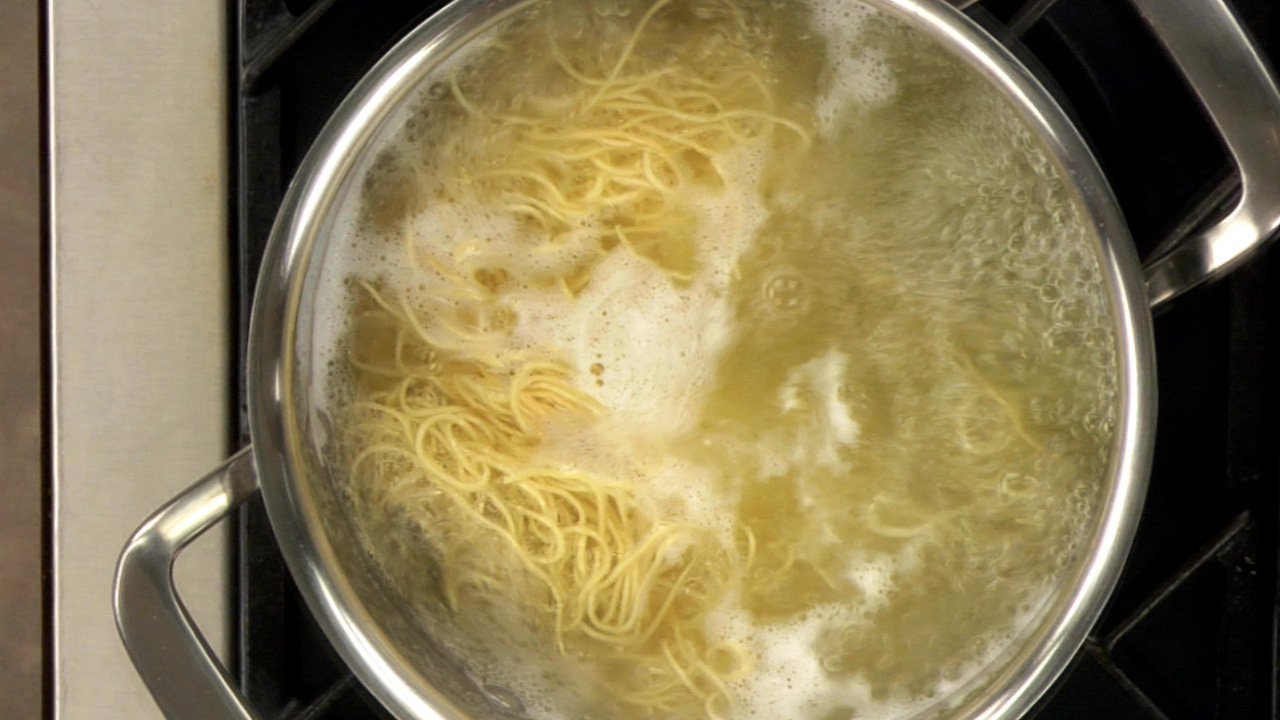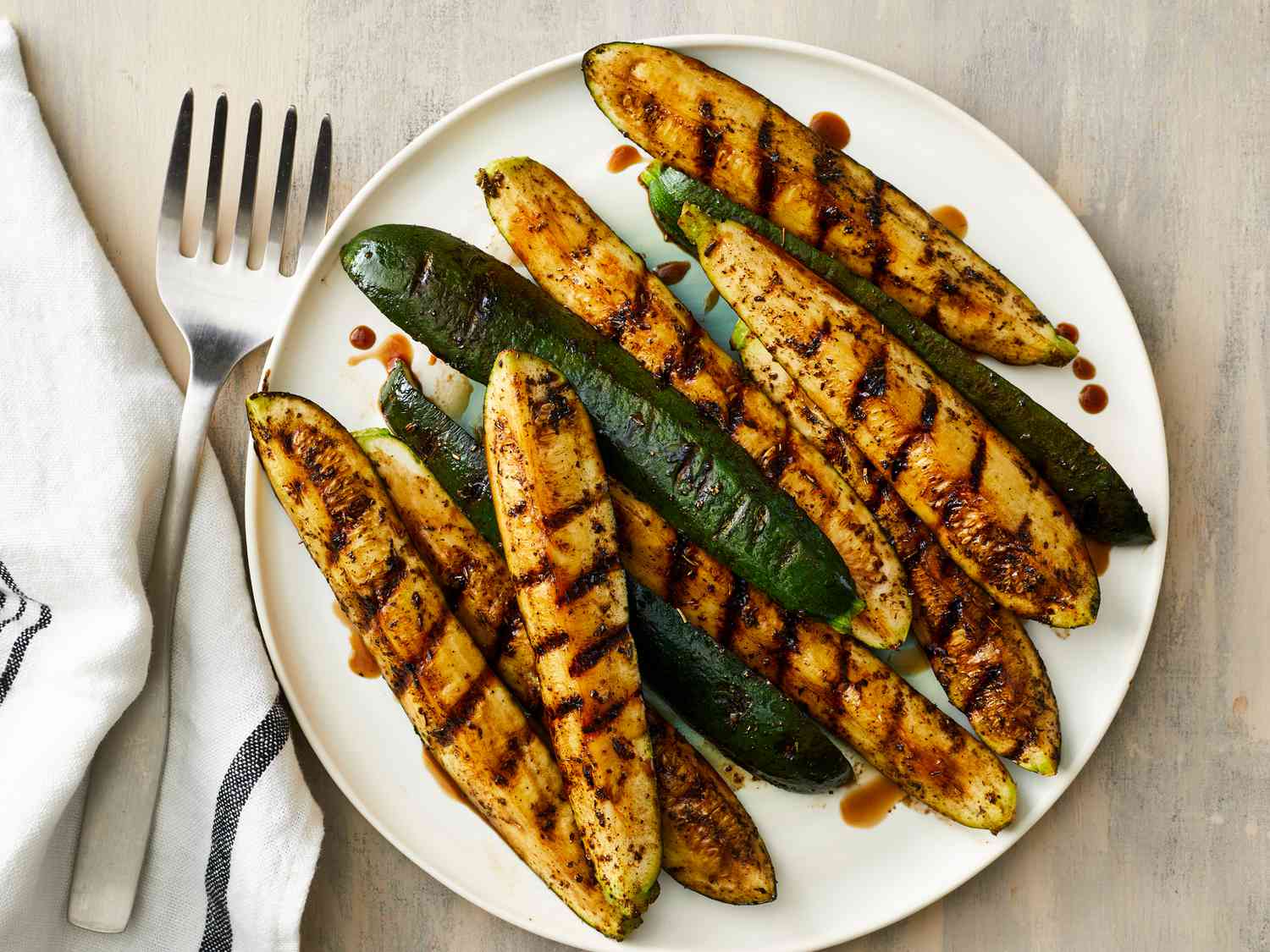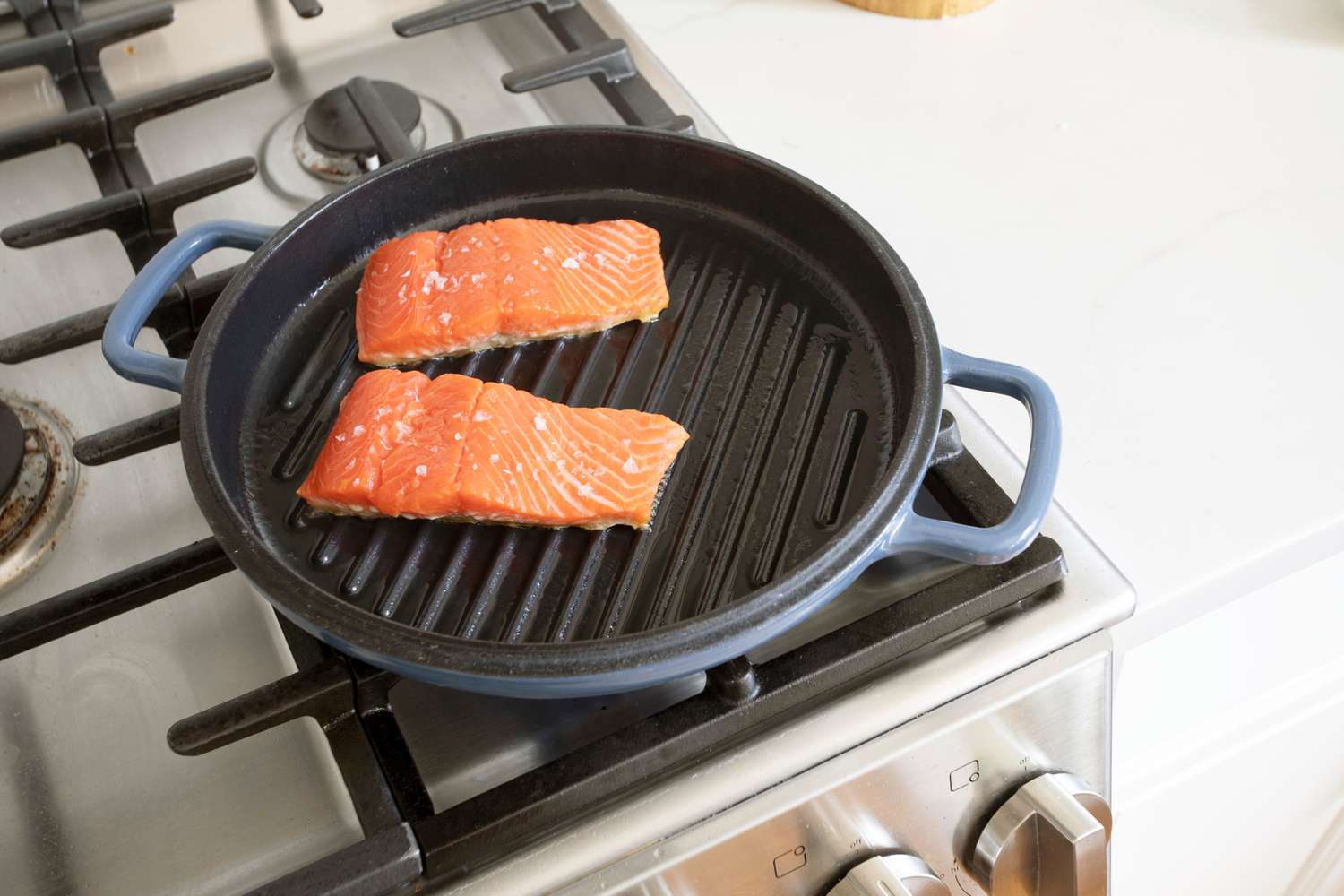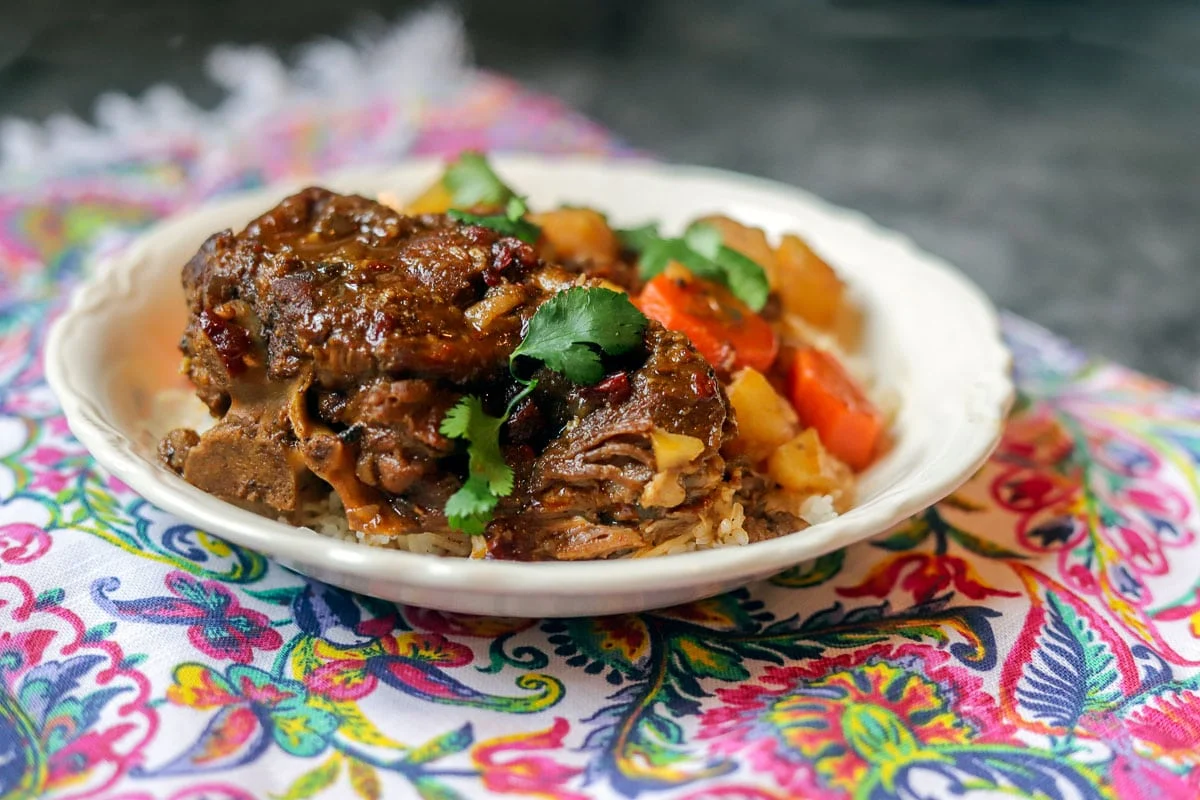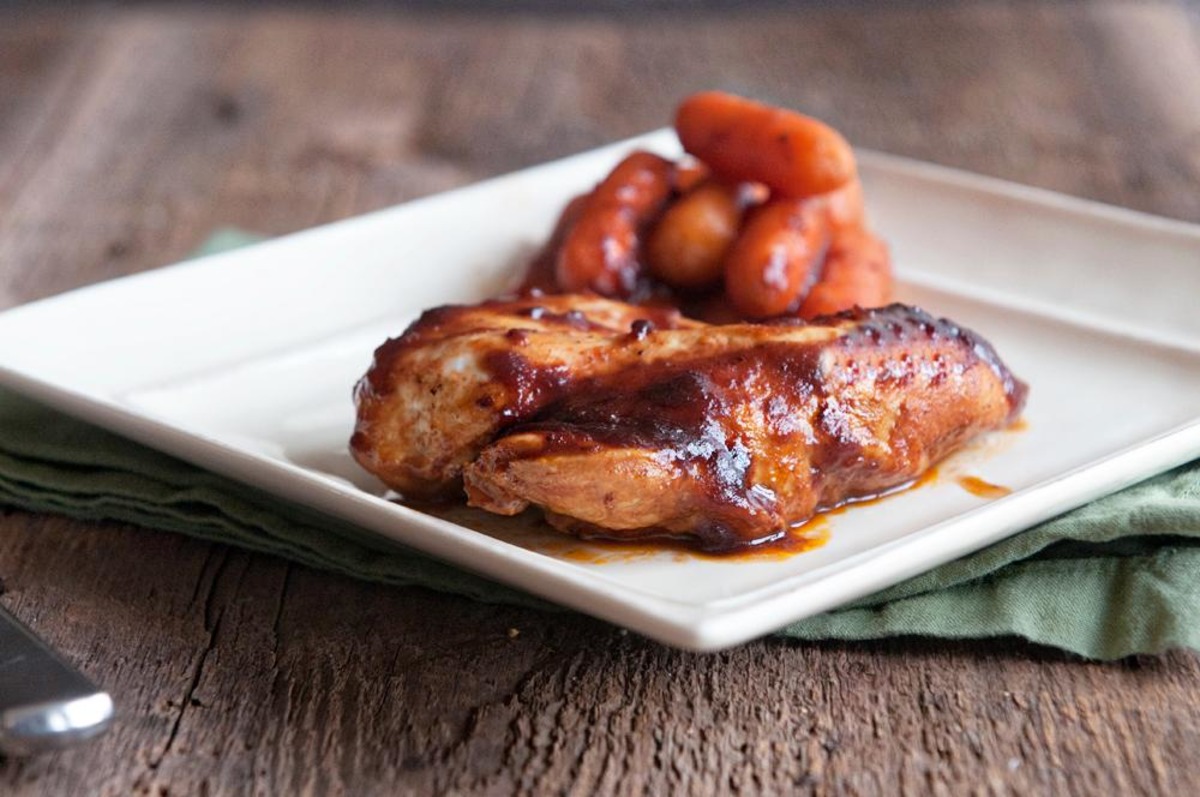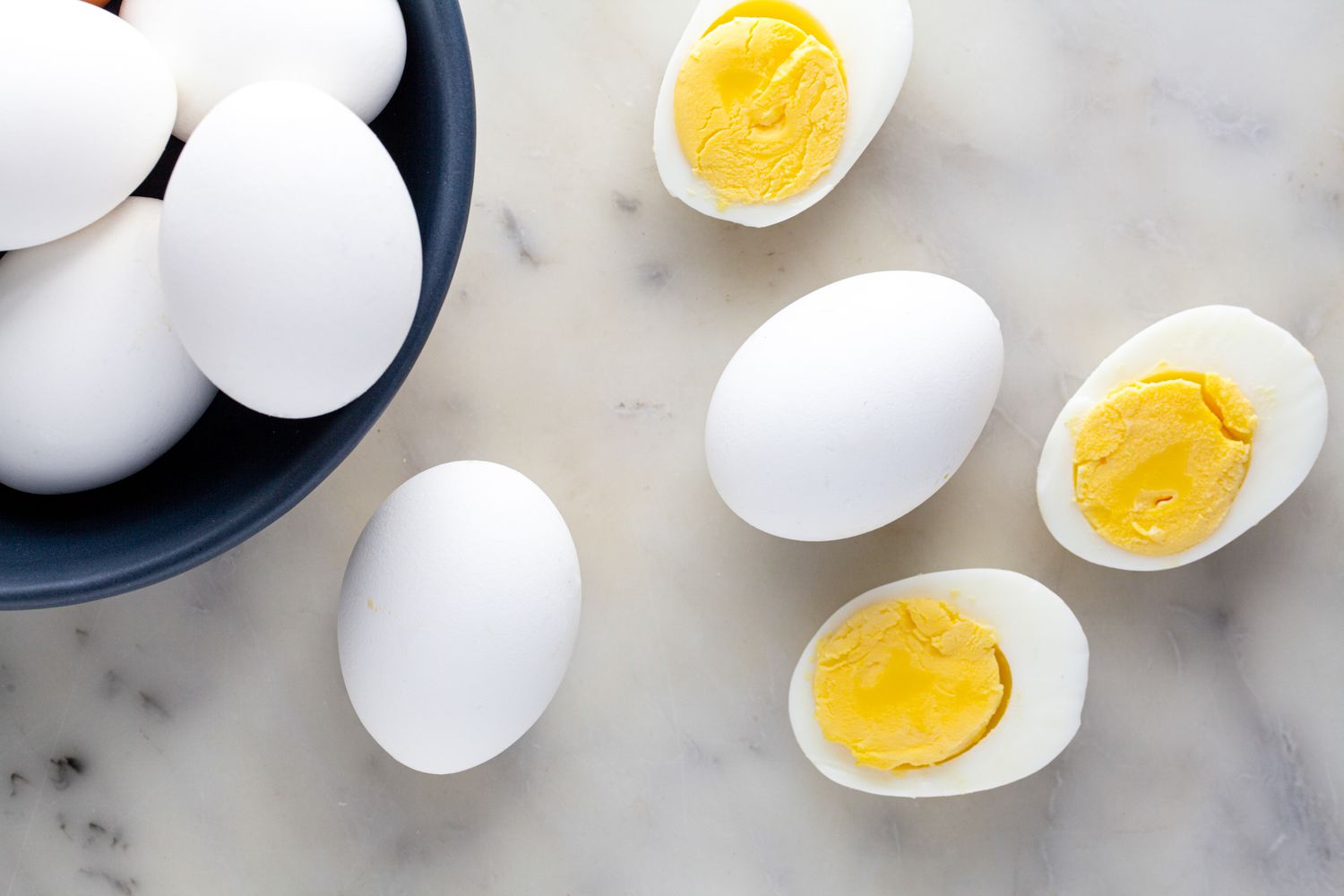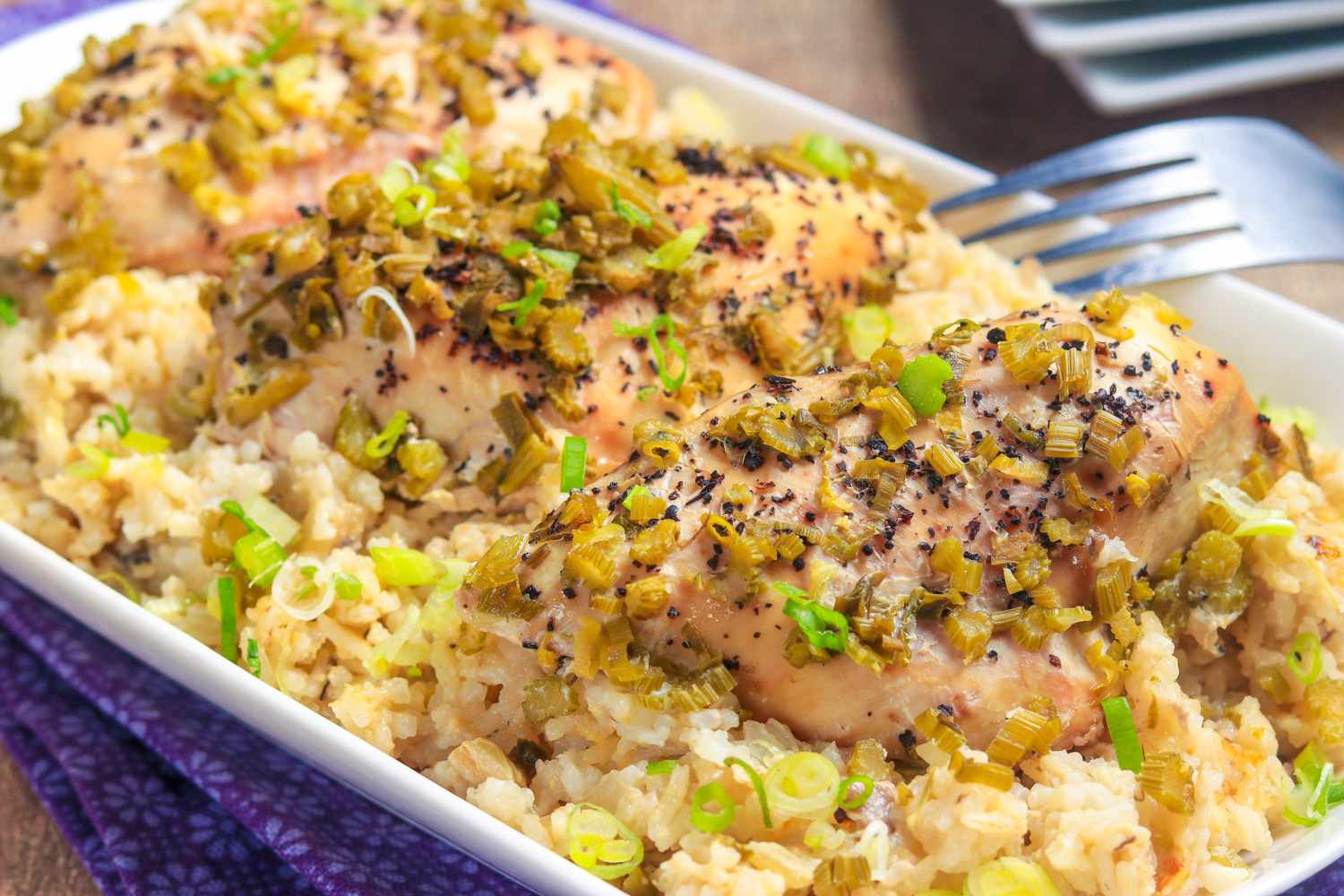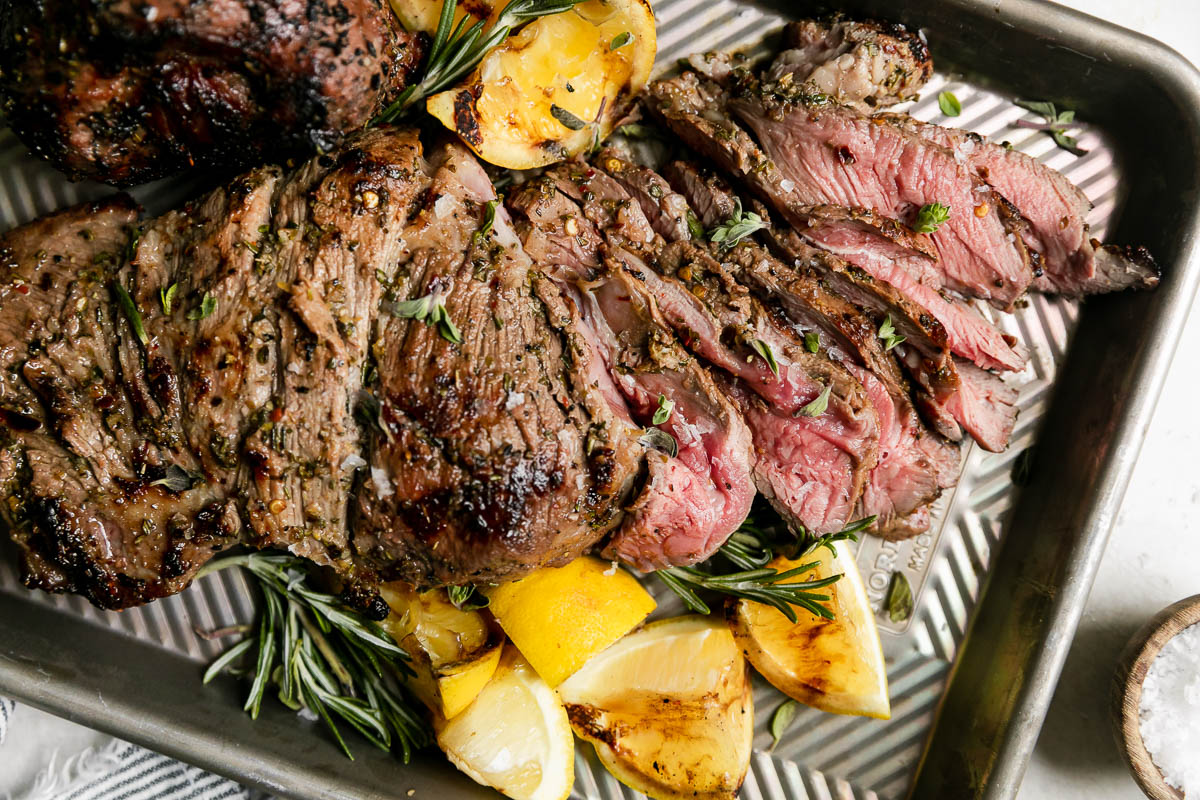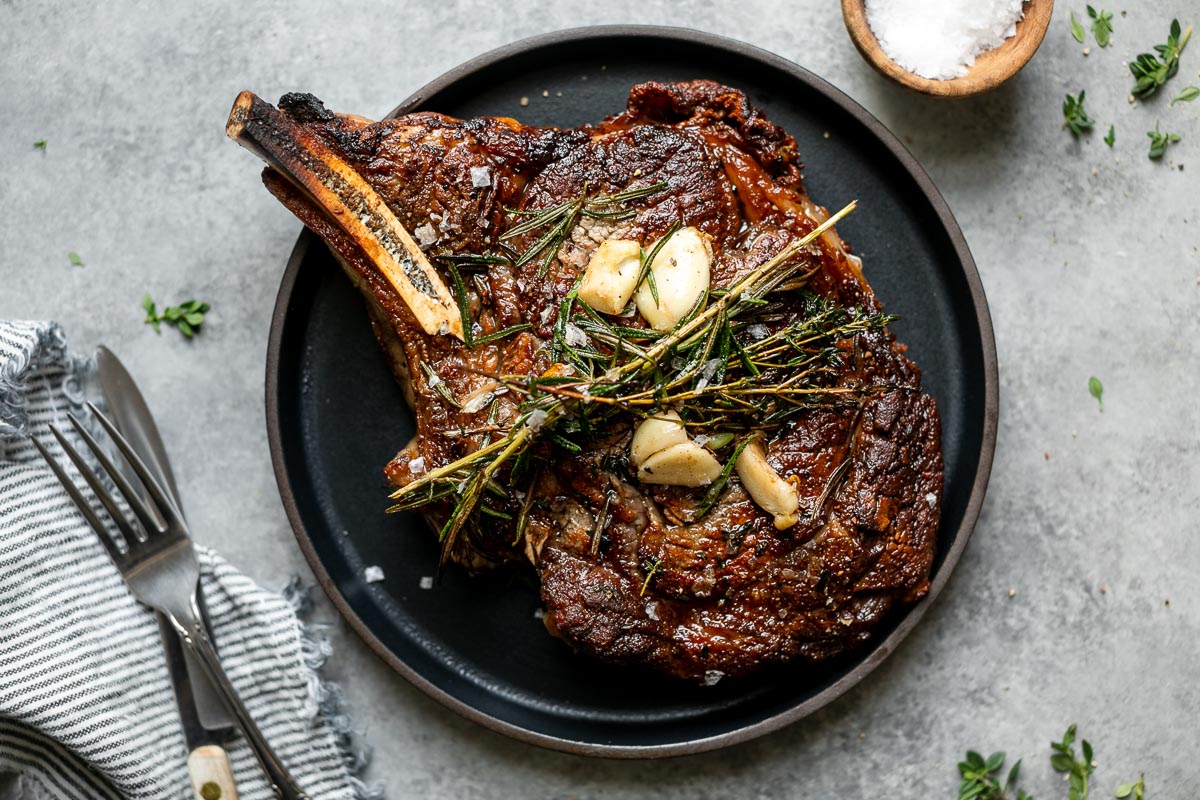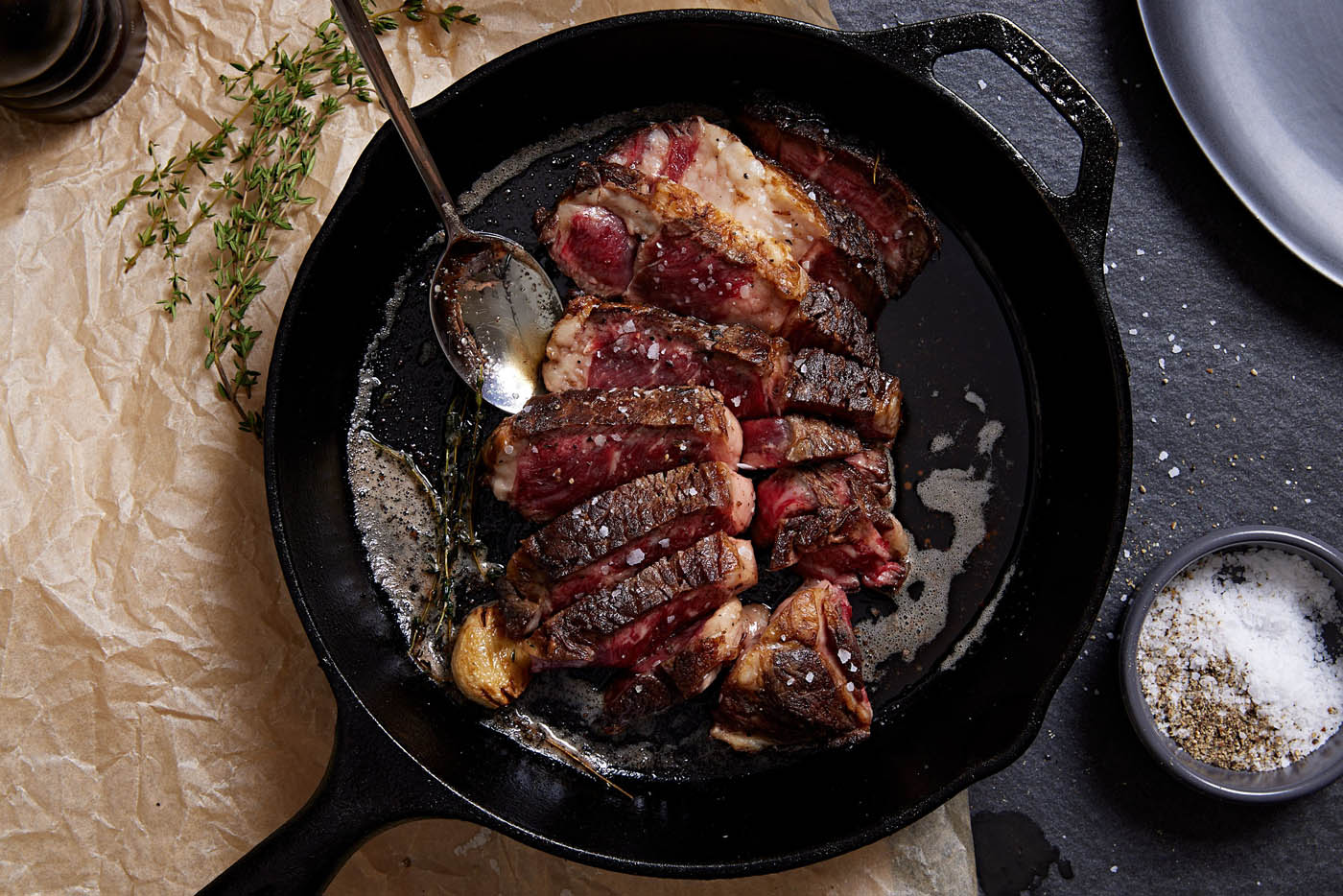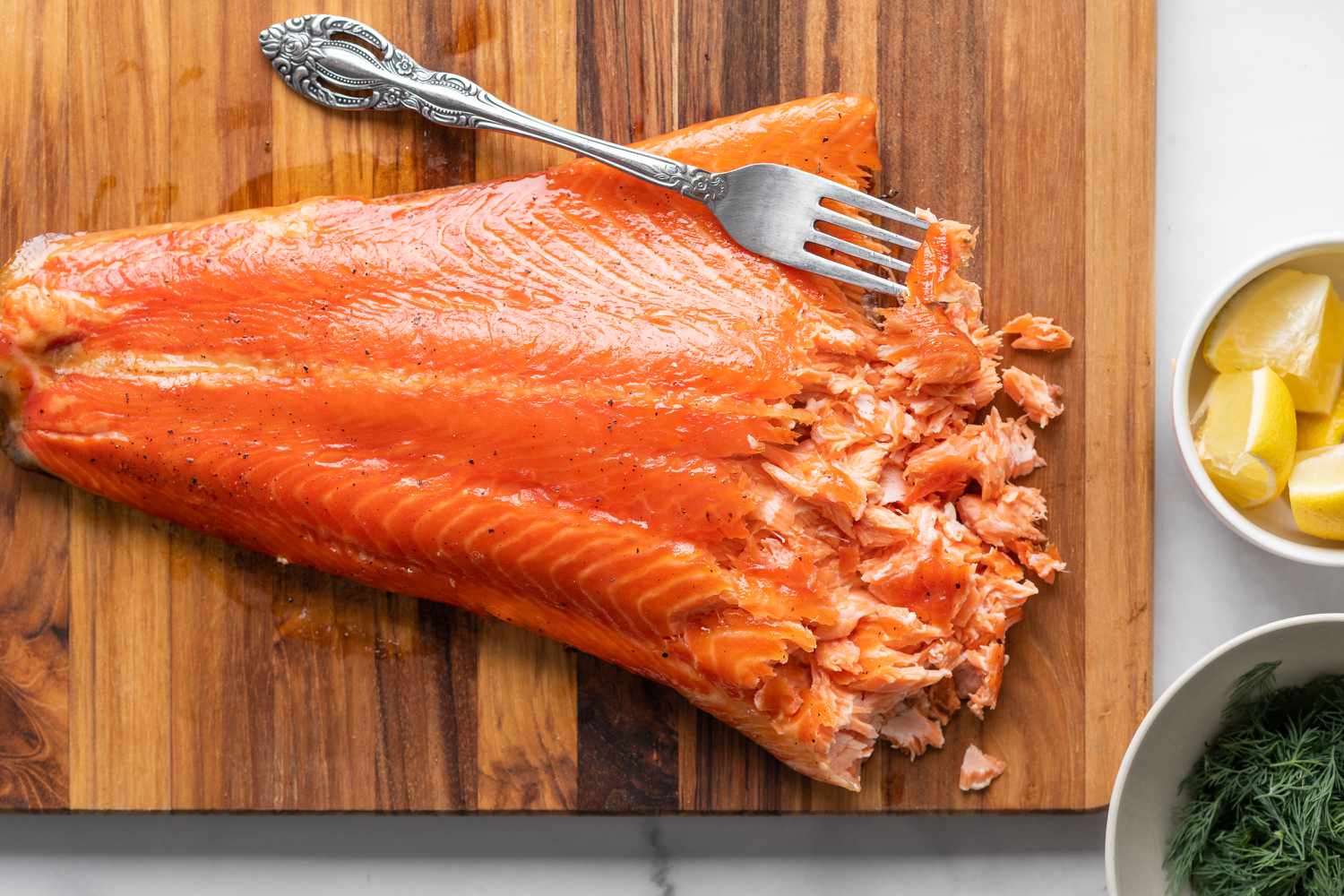Unlock the Secrets of Cooking a Perfect Butterflied Lamb Leg
Are you ready to impress your guests with a mouthwatering butterflied lamb leg dish? Look no further, because today we are going to share with you the ultimate guide on how to cook a delicious and succulent butterflied lamb leg that will have everyone asking for seconds.
Butterflied lamb leg is a cut of meat that has been opened up, creating a large, flat piece that is perfect for marinating and grilling. By following a few simple steps, you can elevate this lamb cut into a culinary masterpiece that will leave your guests in awe.
Step 1: Prepare the Lamb Leg
Start by ensuring that your butterflied lamb leg is properly trimmed of excess fat and silver skin. This will enhance the tenderness of the meat and allow the flavors to penetrate evenly.
Pro tip: To make the flavors really shine, consider creating small incisions on the meat and inserting thin slices of garlic and sprigs of rosemary.
Step 2: Marinate for Deliciousness
Now it’s time to infuse the butterflied lamb leg with a delicious marinade. You can choose from a variety of marinades, including Mediterranean-inspired flavors like lemon and garlic or Middle Eastern-inspired spices like cumin and coriander.
Coat the lamb leg generously with your chosen marinade and let it marinate for at least 2 hours, or for even more flavor, refrigerate overnight.
Step 3: The Perfect Cooking Method
When it comes to cooking a butterflied lamb leg, there are a few methods you can choose from:
- Grilling: Preheat your grill to medium-high heat and place the marinated lamb leg on the grill. Cook for about 15-20 minutes per side, or until the internal temperature reaches your desired level of doneness.
- Oven Roasting: Preheat your oven to 350°F (175°C). Place the marinated lamb leg on a roasting rack in a baking dish and roast for approximately 20-30 minutes per pound, or until the internal temperature reaches your desired level of doneness.
- Searing and Roasting: Start by searing the lamb leg in a hot pan with a bit of oil to develop a flavorful crust. Then transfer it to a preheated oven and roast until it reaches the desired internal temperature.
Step 4: Let it Rest
Once the butterflied lamb leg is cooked to perfection, remove it from the heat source and let it rest for about 10-15 minutes. This allows the juices to redistribute throughout the meat, resulting in a tender and juicy outcome.
Pro tip: Tent the lamb leg with foil while it rests to keep it warm.
Step 5: Slice and Serve
After the resting period, it’s time to slice and serve your delectable butterflied lamb leg. Take a sharp knife and slice against the grain into thin, even slices.
You can serve the butterflied lamb leg as the centerpiece of a delightful meal or incorporate it into wraps, sandwiches, or salads for a more casual dining experience.
Now that you know the secrets of cooking a perfect butterflied lamb leg, it’s time to put your skills to the test. With a little practice, you’ll be able to master this recipe and create a memorable dining experience for your family and friends. So fire up the grill or preheat the oven and get ready to indulge in a flavorsome feast!
Was this page helpful?
Read Next: How To Cook Korean Yam

